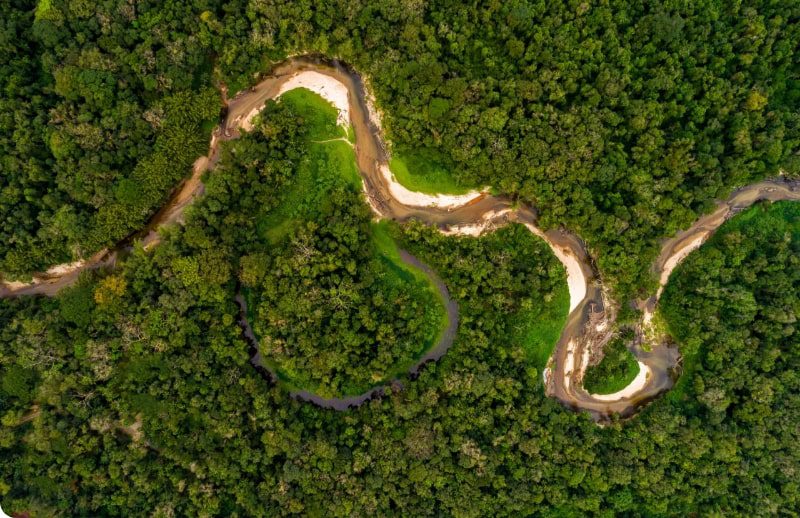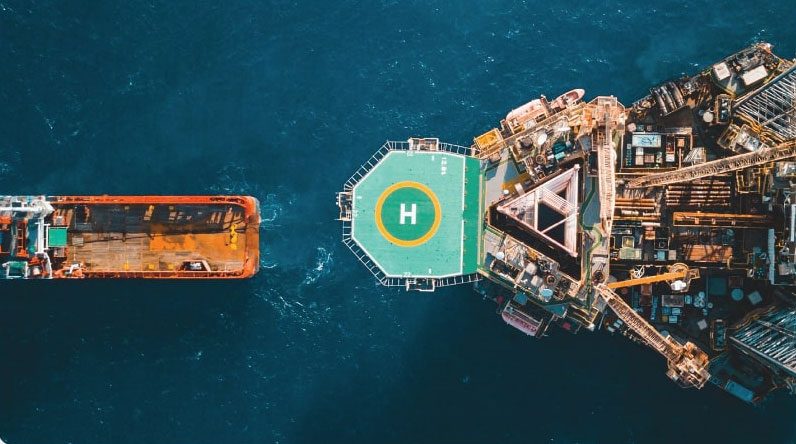Wall Thickness & Buckling Bundle
Bending Buckling
The Bending Buckling (BUCK) module determines the hydrostatic collapse pressure for a pipe having a defined eccentricity using Timoshenko’s elastic stability formula. The module also calculates the critical buckling curvature and moment taking full account of the elastic-plastic behaviour of the pipe material (the material model is defined using a bi-linear description of the elastic and plastic regions).
To operate this module, the user inputs the pipe dimensions and material properties and the water depth/density. BUCK then calculates the following:
- The critical collapse pressure;
- The critical buckling curvature and associate bending moment;
- The hydrostatic pressure acting on the pipeline.
Wall Thickness Calculation (DNV OS-F101 2010)
The Wall Thickness Calculation module (D2KM) calculates the minimum wall thickness that meets the requirements of the latest design code (DnV-OS-F101 2010), for a given design basis. The offshore standard F101 adopts the Load and Resistance Design Format (LRDF), a limit state method which uses partial safety factors, as opposed to the Allowable Stress Design Format, used by other PlusOne modules such as WALL.
The wall thickness calculated by the D2KM module satisfies the following design criteria specified in the Limit States chapter (Section 5 Part D) of the offshore standard, DNV-OS-F101 (2010), for submarine pipelines:
- Pressure Containment (Bursting);
- Local Buckling (General); which comprise of:
– Local Buckling External Overpressure only (System Collapse)
– Propagation Buckling
– Local Buckling (Combined Loading Criteria). This may be Load or Displacement Controlled.
Lay Rate Estimation
In the laybarge method of installation, the pipeline profile from stinger to seabed is determined by a delicate interaction between applied tensioned force, pipe weight and flexural rigidity. Unless carefully investigated, the combined action of bending moment, external water pressure and axial tension can lead to severely stressed sections of pipe, resulting in buckling, kinking and plastic deformation.
Using a relaxation method for the finite difference technique [1], the Lay Rate Estimation (LAYS) module permits the pipeline engineer to quickly assess the suitability of a particular laybarge-stinger configuration for installation. Once the user has specified the stinger configuration for a pipeline and other case specific parameters the LAYS module calculates:
- Pipeline profile as a function of distance from the laybarge;
- Bending stress, tensile forces and shear forces at each position of the nodal geometry;
- Reaction loads at the stinger rollers;
- Seabed touchdown point;
- Hoop and equivalent stressThe LAYS module provides full tabulated outputs. The LAYS module is supplied with comprehensive theoretical and validation documentation.
[1] Palmer, A.C, Hutchinson, G. and Ells, J.W. “Configuration of submarine pipelines during laying operations”. ASME, paper no. 73-WA/OCT-4 (1973).
Upheaval Buckling Analysis
Pipelines in service are often subject to high compressive axial forces. These forces are due to temperature and pressure induced axial expansion, which is resisted by the friction force generated between the pipe and the seabed. For upheaval buckling to occur, the pipeline must first have an initial imperfection. Imperfections are typically due to the pipeline being laid over a boulder or due to irregularities in the seabed profile.
The object of the Upheaval Buckling (UPBK) module is to carry out a simplified upheaval buckling analysis based on idealised pipeline imperfections. The UPBK module is suited to the conceptual design stage in order to determine whether upheaval buckling problems exist for a given pipeline.
The UPBK module is used to:
- Determine whether the pipeline is susceptible to upheaval buckling;
- Evaluate the required height of backfill to prevent upheaval buckling.
Pipeline buckling is very sensitive to the size and shape of the initial imperfection. Small diameter pipelines are particularly susceptible to upheaval buckling problems for the following reasons:
- The Pipeline is trenched for protection, therefore preventing lateral movement;
- Submerged weights are low since concrete is often necessary for stability;
- The contents temperatures are high and Pipeline flexibility is high;
- The UPBK module enables the engineer to quickly and easily carry out upheaval buckling calculation. This in turn allows flexibility in conceptual design and assessment of the pipeline for a range of operational and environmental conditions.
Wall Thickness Calculation – ASME, BS, DNV & API
As part of the initial design of a pipeline the wall thickness has to be selected. The wall thickness selected must achieve all the requirements set out and specified by the design code being used.
The Wall Thickness (WALL) module calculates the minimum wall thickness that will meet the requirements of the selected design code.
The design codes implemented by the WALL module are:
- API 1111 (2009, Errata 2011) – American Petroleum Institute (Design of Offshore Hydrocarbon Pipelines);
- ASME (B31.4: Liquid, B31.8: Gas) – American Society of Mechanical Engineers, Pipeline Transportation Systems for Liquid Hydrocarbons & Gas;
- Transmission and Distribution Piping Systems;
- DNV 1981 – Det Norske Veritas (Rules for Submarine Pipeline Systems);
- BS PD8010 (2004) – Code of Practice for Pipelines (Part 2: Subsea Pipelines);
- BS8010 (1993) – British Standard, Code of Practice for Pipelines Part 3 (Pipelines Subsea).
The WALL module follows the following procedure:
- Calculate the minimum wall thickness for each of the selected design code requirements (hoop stress, hydrostatic collapse, buckle propagation, diameter to thickness ratio);
- Select the minimum wall thickness that will comply with all the selected design code requirements;
- Recommend the nearest API pipe size that will comply with all the selected design code requirements.
The WALL module enables the engineer to quickly and easily calculate the required wall thickness of a pipeline for any of the codes selected. The module can also be used to optimise the pipeline steel grade.



